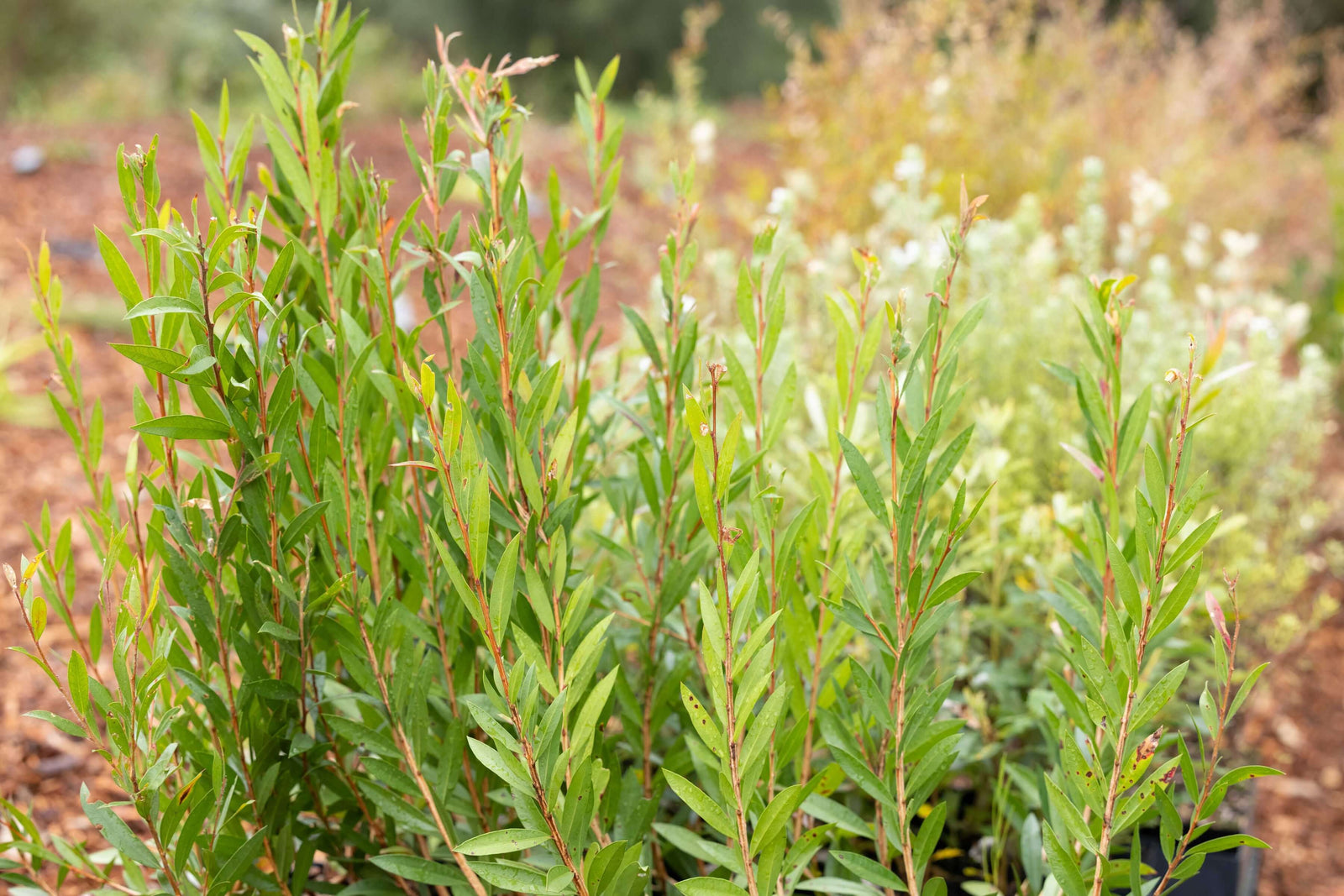Australia has some of the most unique species of wildlife in the world. In fact, 80% of Australia’s mammals are endemic to this country.
Sadly, Australia also has the highest number of extinct mammal species in comparison to any other continent. It has never been more important to restore, extend and protect habitat and food sources for our beloved wildlife.
In honour of National Threatened Species Day, we are highlighting some of the unique and wonderful species that we are helping through our native revegetation projects. From the beloved koala and swift parrot to the less well-known giant Gippsland earthworm, Greenfleet’s forests are providing habitat and food sources to some of our most iconic and unique species of fauna.
What Is National Threatened Species Day?
National Threatened Species Day spotlights the importance of protecting Australia’s wildlife and draws attention to species that are at risk of extinction. It celebrates the conservation efforts being made to ensure we don’t lose any further species.
Held every year on September 7, this day marks the anniversary of the death of the last Tasmanian tiger in 1936. The inaugural National Threatened Species Day was held in 1996 and has been marked every year since.
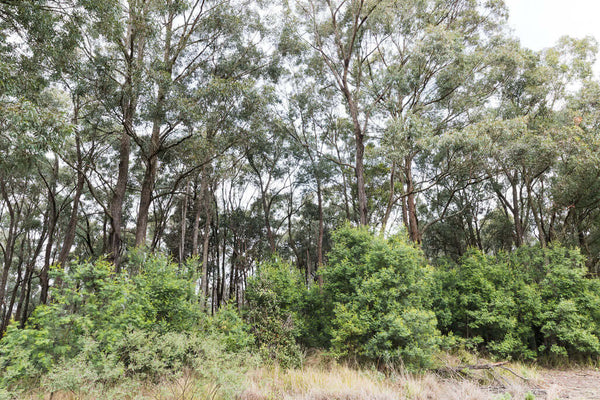
Greenfleet Is Building Protected Wildlife Habitat
Through Greenfleet’s work restoring native, biodiverse forests we are building habitat for native wildlife, including many threatened species. Since 1997, we have planted 11.2 million trees across over 550 forests that are legally protected through the rest of this century.
At each of our projects, our expert Revegetation Team research and source locally native species to ensure we are restoring biodiverse forests that reflect the vegetation that was present prior to land clearing. This means that our forests are creating habitat and ecosystems that are allowing the local wildlife to return and flourish in their natural environment.
We also legally protect our forests for up to 100 years to allow us to make a long-term and sustainable difference for the environment and wildlife.
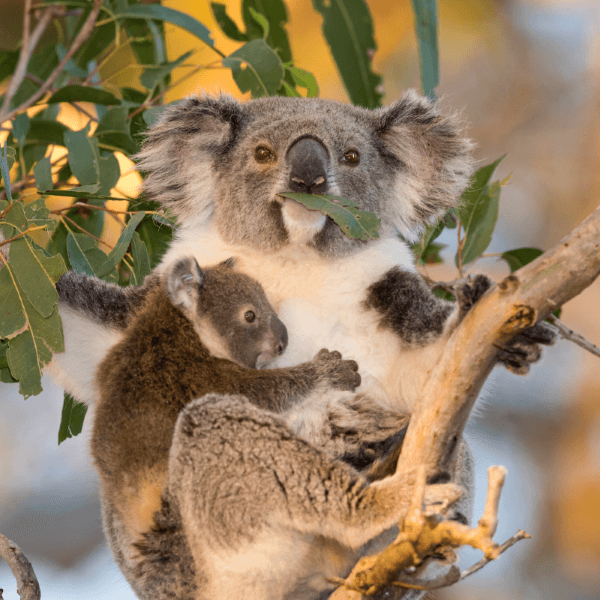
Habitat For Koalas
In February 2022 the conservation status of koalas was updated to endangered in Queensland, New South Wales and the ACT. This change highlights the impacts of land clearing, the Black Summer Bushfires and climate change. By restoring protected native forests, Greenfleet continues to grow hope for these iconic animals.
The number of hectares Greenfleet restores for koalas grows each year. In 2024 alone, we planted over 460 hectares of legally protected koala habitat across Australia’s eastern states. Some of the projects where we are restoring koala habitat and food trees include:
- Strzelecki Nature Link in Victoria’s South Gippsland where Strzelecki koalas returned to the trees only 3 years after planting.
- Koala Crossing in southeast Queensland where we have planted nearly 100,000 trees in the region to extend koala habitat and increase food sources for these animals.
- Greentrees near Lismore in the Northern Rivers region of NSW where our revegetation work is extending habitat for an existing, healthy population of koalas in the region.
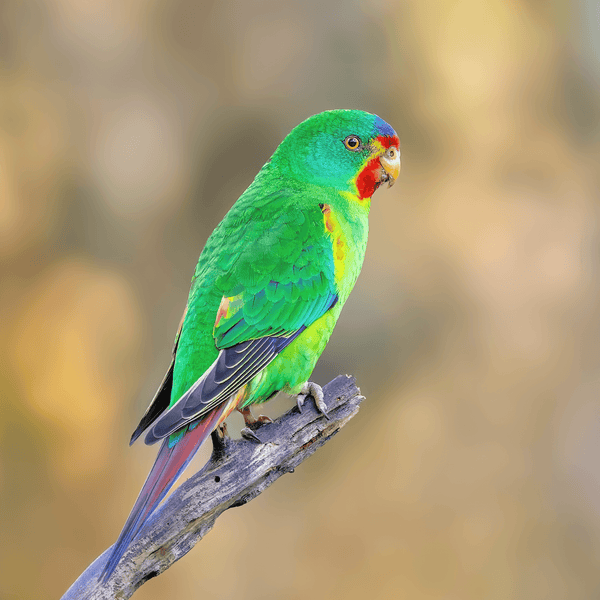
Habitat For Swift Parrots
The swift parrot is the longest-migrating parrot in the world, traveling up to 5,000km each year. It is found only on the east coast of Australia, and Greenfleet is restoring forests that will create potential habitat for this critically endangered bird.
Habitat loss is one of the key reasons for the swift parrot’s critically endangered status. This has occurred due to logging, industrial development and agriculture. The parrot also faces natural threats from sugar gliders preying on swift parrot eggs, and rainbow lorikeets and bees which forage on the same foods.
Greenfleet is planting swift parrot’s preferred trees to breed in, including Tasmanian blue gum (Eucalyptus globulus), stringybark (Eucalyptus obliqua) and white gum (Eucalyptus viminalis). We are also planting trees that attract insects that produce the swift parrot’s diet, such as yellow gum (Eucalyptus leucoxylon), grey box (Eucalyptus microcarpa) and yellow box (Eucalyptus melliodora).
Photo credit: Swift parrot, photographed by Karl Paustian @juwahnduw
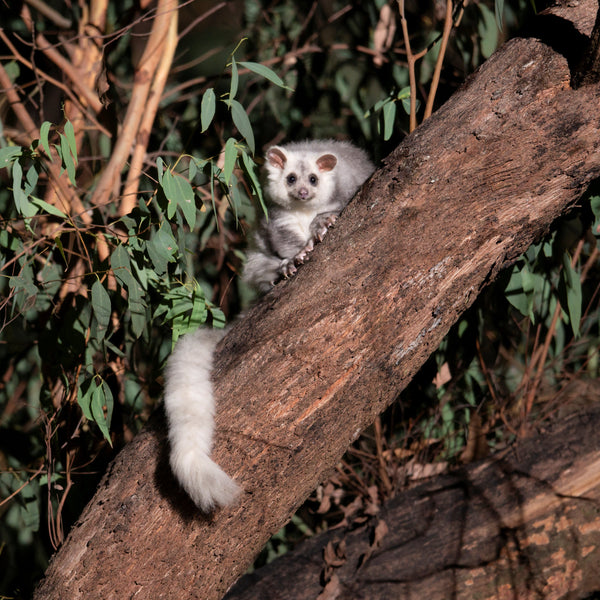
Habitat For Greater Gliders
The greater glider is Australia’s largest possum and the world’s largest gliding marsupial. The conservation status of this species was also recently upgraded to endangered.
Known for their iconic fluffy ears, greater gliders are a highly recognisable member of the possum family. Their populations are in decline due to extensive land clearing in Eastern Australia.
Greenfleet has several projects already actively restoring habitat for greater gliders. One of our projects is on Wurundjeri Country in Victoria, where at Kinglake we have planted additional habitat where these animals can thrive.
Photo credit: Greater glider, photographed by Justin Cally
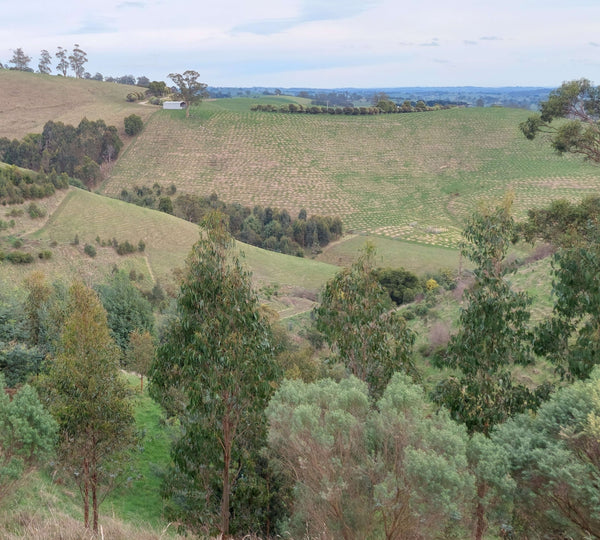
Giant Gippsland Earthworms
A favourite of the renowned Sir David Attenborough who describes the giant Gippsland earthworm as “one of the rarest and most extraordinary of all earthworms.” This creature is one of the most unique species in the world and can be found in Greenfleet forests.
It is only found in a small area within South Gippsland, Victoria where multiple Greenfleet forests are growing. When it comes to planning our revegetation projects in this area, we take special care not to disturb existing populations of these worms and ensure they can use the forests we create as future habitat.
While National Threatened Species Day honours the importance of protecting our wildlife, this work is important every day of the year.
You can see where more of Greenfleet’s revegetation projects are growing across Australia and New Zealand and find out how you can support these projects by taking practical climate action today.


